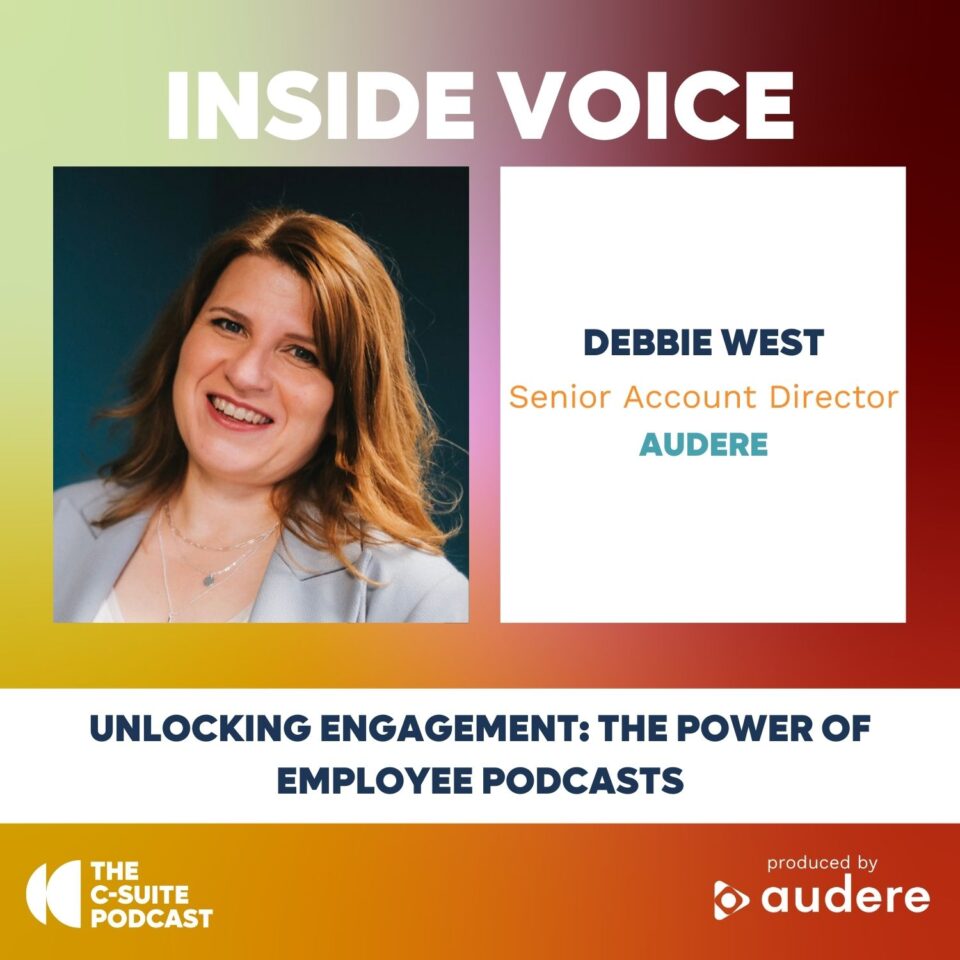
PRCA members receive 10 CPD points for listening to this podcast if they log it on the PRCA CPD programme.
Our guests were:
- Bridget Aherne, Head of Communications and Administration at Nottinghamshire Fire and Rescue Service and the CIPR and IoD’s Public Relations Director of the Year,
- Wendy Moran, Senior Lecturer in Public Relations at Manchester Metropolitan University Business School and Chair of the CIPR’s Local Public Services Group (CIPRLPS)
- And via ISDN by Amanda Coleman, Head of Corporate Communications at Greater Manchester Police and the current chair of the Association of Police Communicators
The topic of discussion was social media’s role in Public Services and the ‘Influence for Impact’ report that the CIPRLPS Group had just launched.
There were a number of key themes from the report and aspects of social media’s impact on Public Services communications that we discussed including:
- Digital Transformation
- Budget Cuts
- Reputation Management
- Evaluation
- Training
The consistent message throughout was that whilst the corporate communications team had traditionally run all mass communications, that can’t continue when it comes to social media tools. In Bridget’s team’s case, they don’t have the resource to do so, especially in the face of budget cuts. Therefore, whilst they are using social channels to be a part of the conversation as well as listening to what is being said, she sees her team’s role as becoming more strategic. This is in terms of advising and influencing others throughout the organisation of what channels to use and how to share information through them.
Amanda had a similar experience, saying that they have had to train over 500 Police Officers and staff on how to use twitter to a very local level. When it comes to influencing others within the organisation, she said that you have to make sure that senior people are prepared to accept some of the risks. This is particularly the case if you are empowering people to use social media on the front line. You have to accept that there will be times that things don’t work out, but as long as it’s something you can deal with and mitigate as best you can, then it shouldn’t lead to someone being disciplined.
Where things get difficult, however, are in live situations, for example, if an incident happens, it will be on social media before any traditional local media have even been in contact with the emergency services.
Amanda’s team are therefore constantly monitoring social channels, but this also adds to their communications role as this means they are taking on operational responsibility, finding information and intelligence on social media, which will help support the intelligence teams. She explained ‘predictive policing’ using Social Media, where studies have shown that you can look at social media postings and overlay them with hotspot areas for crime and particular crime types. Whilst this again, is a more operational element, it is important for her in how she can build audience and look at what that audience is telling them. For her, this will help demonstrate her team’s value to the organisation in helping to prevent and detect crime.
This does beg the question though, in how far we are from Minority Report?
Perhaps one for another podcast …
Listen to Crisis Communications within Police Comms on Show 44


